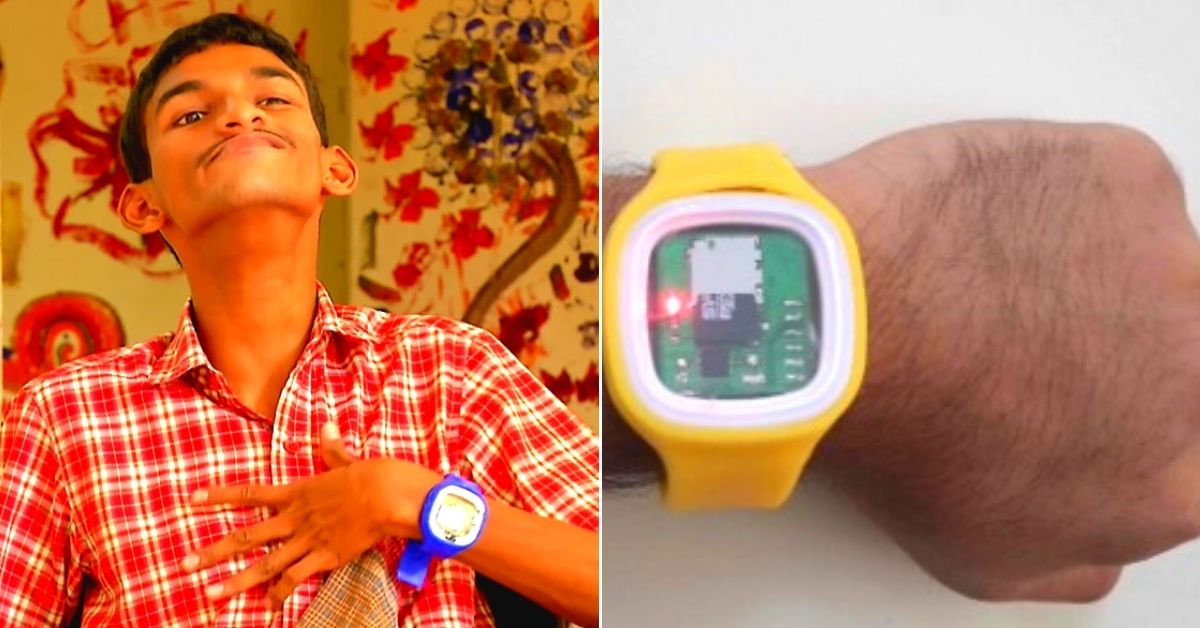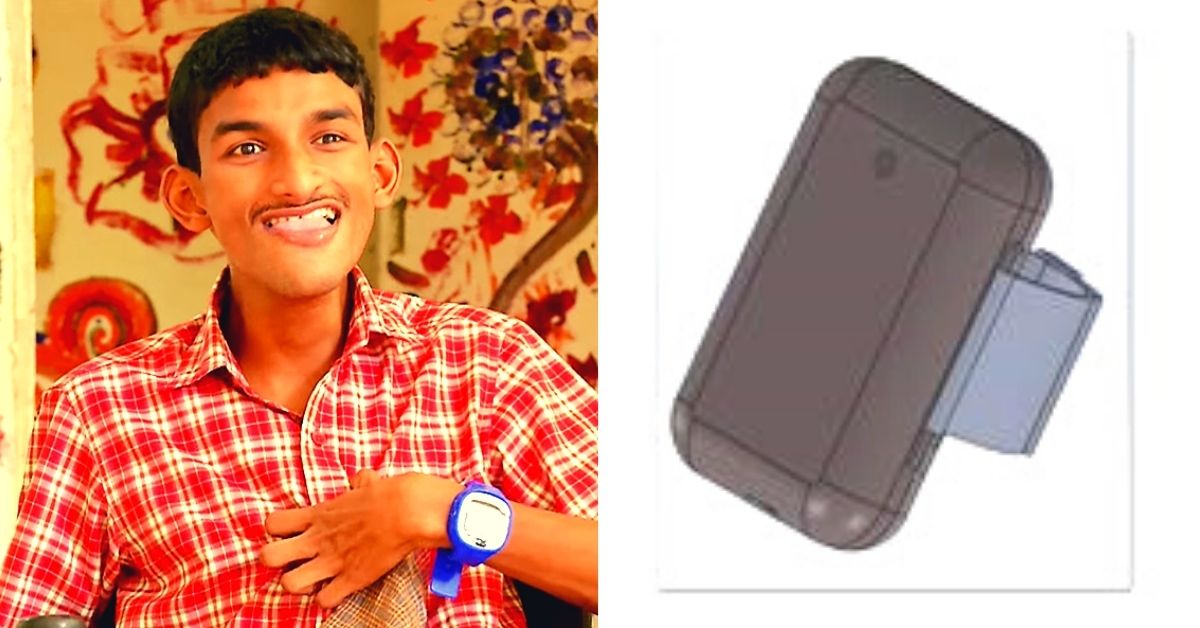IIT-M’s Wearable Devices Helps Disabled Persons Communicate Freely For Rs 5000
IIT Madras researchers have innovated two devices -- Vibe and iGest -- by enhancing wearable assistive devices with latest technologies to empower people with hearing and motor disabilities.

A day before the International Day of Persons with Disabilities, the Centre for Rehabilitation Engineering and Assistive Technology (CREATE) — a multidisciplinary translational research and educational initiative of IIT Madras — has developed two devices for persons with hearing and motor disabilities.
According to researchers at CREATE, the two devices, Vibe and iGest, are embedded systems that are set to bring the latest developments from the Internet of Things (IoT) and Machine Learning (ML) to wearable assistive devices. Such wearable devices will have rechargeable batteries and communicate with a mobile phone over Bluetooth. More importantly, they believe that these wearable sensors will help individuals communicate independently and enhance their quality of life backed by the latest sensor technologies used in the IoT.
How Do They Work?
Vibe is a wearable device that vibrates for acoustic sounds around a person with hearing impairment. It features a multitude of sound patterns that are recognised using a microphone and voice recognition modules. It will alert the hearing impaired about a specific sound such as a doorbell, an alarm, or a crying child, and will be compact and wearable as a watch. It is a simple way of providing vibration input for the pre-identified surrounding sounds, with each such sound corresponding to a specific vibration and blinking LEDs to alert the user.
“Vibe uses a microphone and iGest uses an IMU or inertial motion unit (accelerometer and gyroscope). The microphone picks up ambient sounds and matches the pattern to one of many known sounds, for example, a doorbell. This is then converted to a vibration pattern using a micro-motor,” Professor Anil Prabhakar, head, CREATE-IIT Madras, and faculty with the Department of Electrical Engineering, tells The Better India.
iGest will function as an alternative and augmentative communication device for persons with cerebral palsy. It will recognise the gestures of those with limited motor skills and convert them into audio output through a smartphone. It aims to address issues of speech impairment and motor impairments faced by persons with cerebral palsy.
iGest, which borrows on commercially available fitness sensors, will be designed using an inertial motion unit. For persons with cerebral palsy, movements can be much slower than normal people and also less repetitive. Hence, iGest will be designed around available Edge ML microcontrollers that provide machine learning (ML) capabilities to IoT devices.
“iGest works as a communication device. When the user makes a gesture of the hand, the output of the IMU is sent to machine learning algorithms that classify the gesture. This classification is matched to a previously identified sentence and communicated to a mobile that then speaks on behalf of the user. Vibe and iGest have sensors with microcontrollers, and fall under the umbrella of Wearable Assistive and Rehabilitation Devices (WARDs),” he says.
The project to develop both devices was conceived as researchers began interacting with NGOs and inclusive schools on the needs of their students. iGest was started by students at IIT-Madras in 2014. But that was before machine learning became popular.
“Today, smartwatches have become popular, and we are upgrading the electronics and the algorithms using the latest technologies available to us. We are in discussions with smart watch manufacturers, and hope to have a release at the EMPOWER22 conference in October 2022. It is a smarter smart watch,” notes Professor Prabhakar.
There were some key challenges that his team came across while developing these devices. “There is a constant tradeoff between features and ease of use. If we widen the set of sounds, or gestures, the algorithms become more complex, training takes longer and it becomes harder for the person to use. However, a limited set of sounds, or gestures, also constrains the use cases. Hence we must find an optimal use case for each individual,” he says.

Affordability
Besides highlighting the need for indigenous development of assistive devices, Prof Prabhakar talks about the need for them to be affordable.
“Due to the non-availability of affordable and sustainable assistive devices and systems, the hearing-impaired are excluded from the mainstream, and inclusive education. Also, imported devices cannot be afforded by most people. The cost of the product is kept low and to be less than Rs 5,000 so that it is an affordable device for its basic functionality. The advance of technology and the advent and availability of low-cost microcontrollers and sensors allows us to come up with this unique low-cost device,” he says.
He goes on to add, “At CREATE, we seek to use our knowledge in meaningful ways, but driven by user needs. Both iGest and Vibe were posed to use by the community, seeking solutions for persons with cerebral palsy and hearing impairment, respectively. I am not aware of any devices like iGest or Vibe that address the needs of persons with disabilities. However, smart watches with microphones are available now, ranging from $100 (Rs 7,500) to $450 (Rs 34,000).”
However, these interesting projects at IIT Madras are being backed by the Sony Pictures Networks India via their corporate social responsibility (CSR) initiatives.
(Edited by Divya Sethu)
Like this story? Or have something to share? Write to us: [email protected], or connect with us on Facebook and Twitter.
If you found our stories insightful, informative, or even just enjoyable, we invite you to consider making a voluntary payment to support the work we do at The Better India. Your contribution helps us continue producing quality content that educates, inspires, and drives positive change.
Choose one of the payment options below for your contribution-
By paying for the stories you value, you directly contribute to sustaining our efforts focused on making a difference in the world. Together, let’s ensure that impactful stories continue to be told and shared, enriching lives and communities alike.
Thank you for your support. Here are some frequently asked questions you might find helpful to know why you are contributing?


This story made me
- 97
- 121
- 89
- 167











